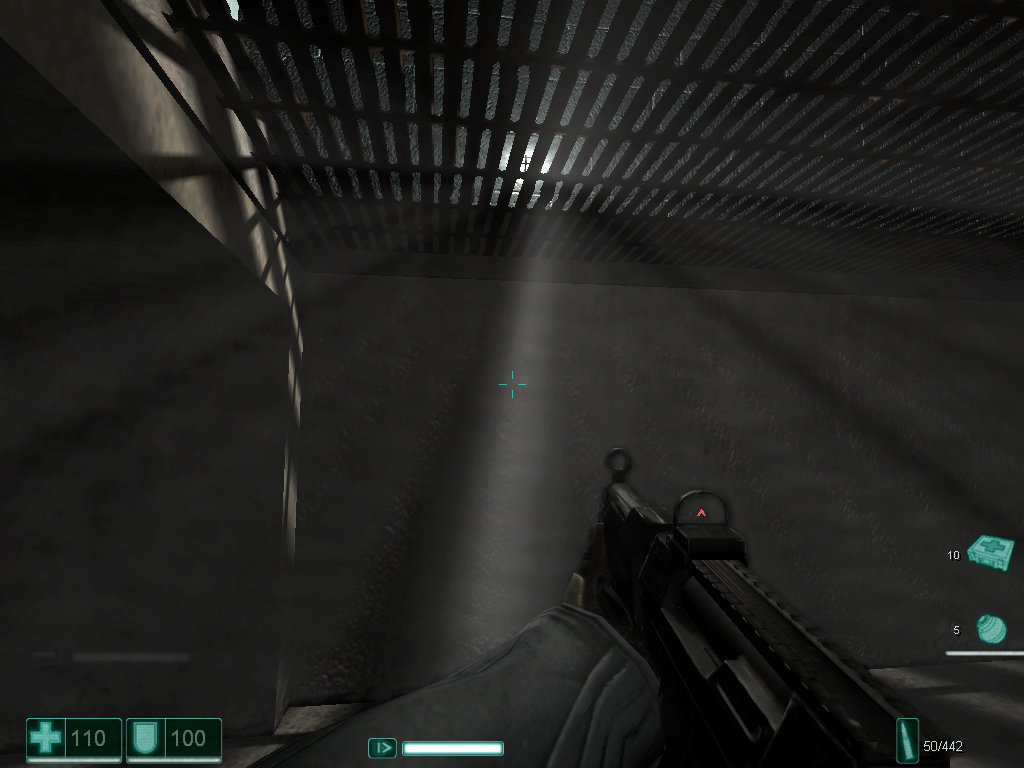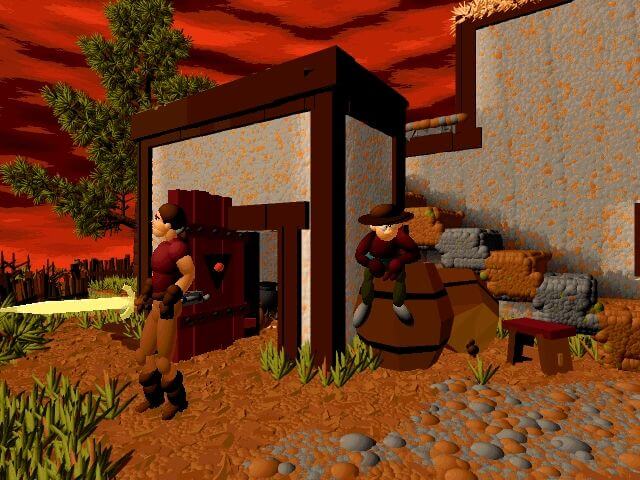Let's start with a nice one from Team ICO:
The difference with pretty much every other screen space god ray implementation is that what is being simulated here is light scattering inside a camera not in the atmosphere which honestly makes FAR more sense for a screen space effect.
Too bad it's rarely used in the game (the semi-fixed camera angles don't help either).
Apparently it was going to be used in SotC (as per NICO's prototype video below) but the final game doesn't have a sun :/
The difference with pretty much every other screen space god ray implementation is that what is being simulated here is light scattering inside a camera not in the atmosphere which honestly makes FAR more sense for a screen space effect.
Too bad it's rarely used in the game (the semi-fixed camera angles don't help either).
Apparently it was going to be used in SotC (as per NICO's prototype video below) but the final game doesn't have a sun :/












